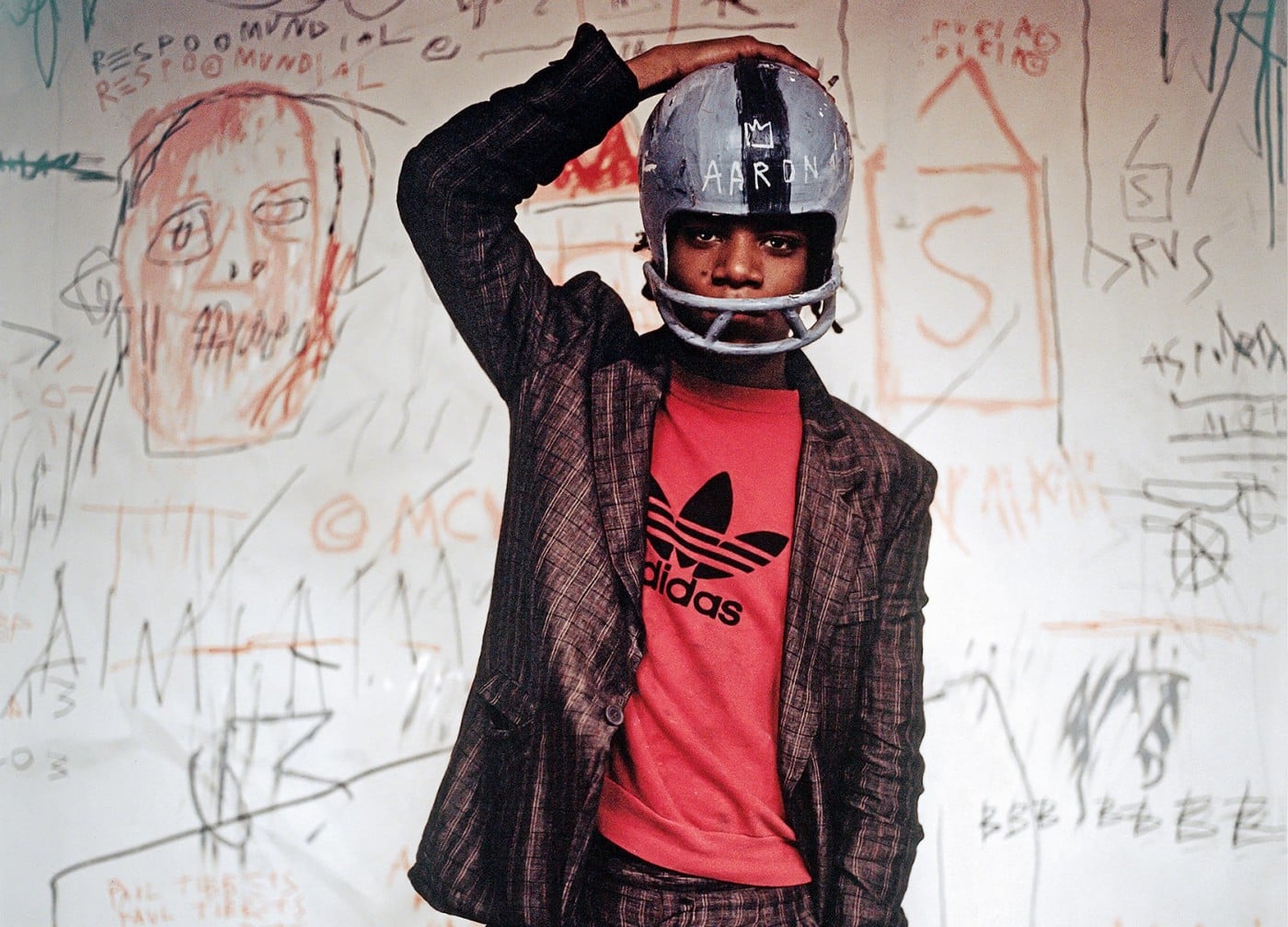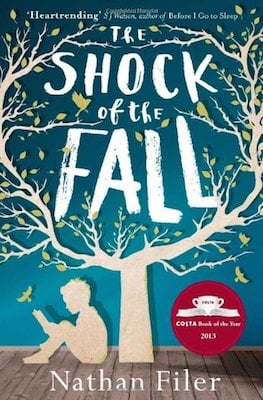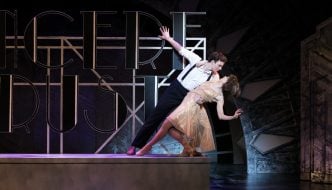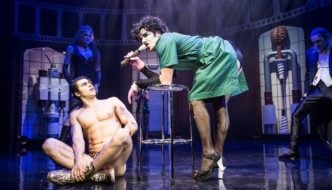
Image: © Edo Bertoglio, courtesy of Maripol
Boom for Real at the Barbican Centre is the first major exhibition of Jean-Michel Basquiat’s work in the UK, presenting a unique opportunity to explore his eclectic career. The exhibition maps his personal and artistic life, inextricably linked with New York City and its underground avant-garde art scene.
Basquiat visited museums regularly from a young age and devoured influences from a range of visual media from African rock paintings to the mainstream western canon to children’s cartoons. The exhibition captures the diverse nature of his references and inspirations: historical references, anatomical drawings (learnt from studying Grey’s Anatomy and Leonardo da Vinci) and musical influences.
The exhibition charts his trajectory, starting at his first show, New York / New Wave (1981), which is reproduced for the first time, reuniting all the works he displayed in the same room. He was first recognised for his graffiti, created under the character SAMO© (short for Same Old Shit) with Al Diaz. Avant-garde artist Henry Flynt photographed their sharp, clever, unexpected graffiti, creating a snapshot of the dilapidated New York City which served as their canvas. These photographs are displayed together, capturing the city on the edge of collapse which nurtured Basquiat’s artistic spirit.
From the beginning, there was a sharp political commentary in his work – from his pointed graffiti, tongue in cheek observations and remarks on the“same old shit” he saw around him, to “Hollywood Africans”, a comment on racism in Hollywood. You can also view his notebooks, an insight into his poetic and surreal musings.
One of the highlights of the exhibition is the collection of Polaroid photographs, taken by Maripol at the Mudd Club, which Basquiat visited most nights. Including shots of the then unsigned Madonna, as well as Debbie Harry and Andy Warhol, they give us a glimpse of the vibrant cultural community that Basquiat was both influenced by, and an integral part of.
If you have a bit longer to spend at the exhibition, you can also watch Downtown 81, a film starring Basquiat, produced by Maripol, with a soundtrack of Mudd Club regulars. Much of the plot mirrors the artist’s real life and some of his paintings were used as props. It preserves an image of the derelict city which hosted and fuelled the cultural boom. As well as acting, Basquiat also made music alongside his art. He played in a band and produced a 10-minute-long hip-hop track, Beat Bop (1983), on a trip to California, which you can listen to in full.
Another focus of the exhibition is Basquiat’s relationship with Warhol. It all started with the collage postcards he made with Jennifer Stein, taking advantage of new colour photocopying technology. They sold the postcards for a dollar, selling one to Andy Warhol, which began their friendship. At the Barbican you can see both the process Stein and Basquiat used to produce these postcards, as well as a room dedicated to his collaborations and friendship with Warhol.
The Barbican’s retrospective takes a creative, narrative and multimedia approach to explore Basquiat’s prolific career, from his beginnings as a graffiti artist to his later, ambitious and colourful canvases. Perhaps the most interesting aspect is how it explores Basquiat’s relationships, both with his creative contemporaries and his city, and how this shaped his work.
Become a member of Young Barbican for free and tickets are only £5.
Filed under: Art & Photography
Tagged with: Basquiat: Boom for Real, Jean-Michel Basquiat, New York, review



Comments